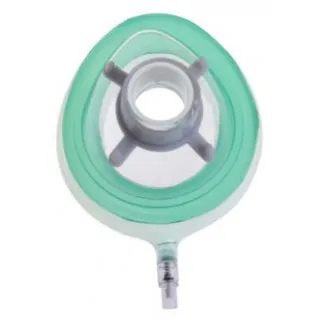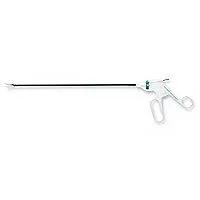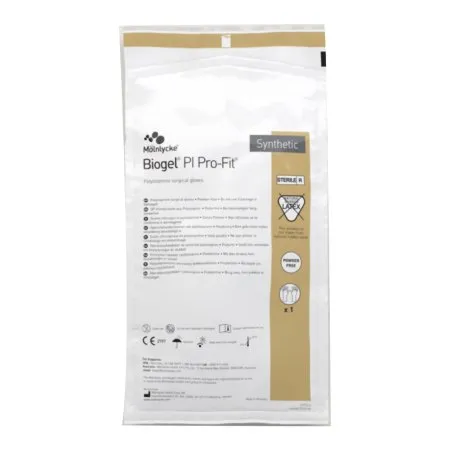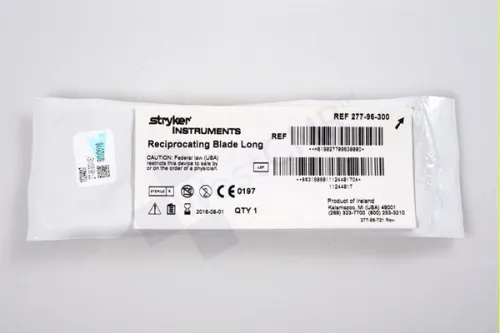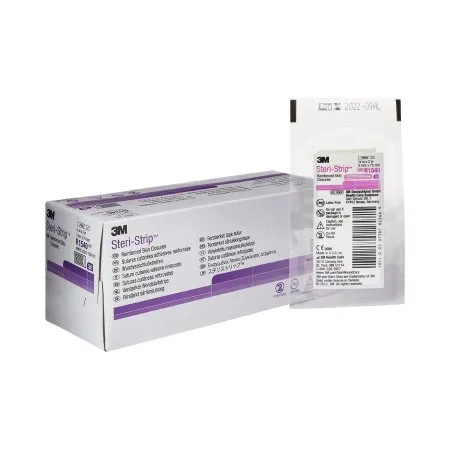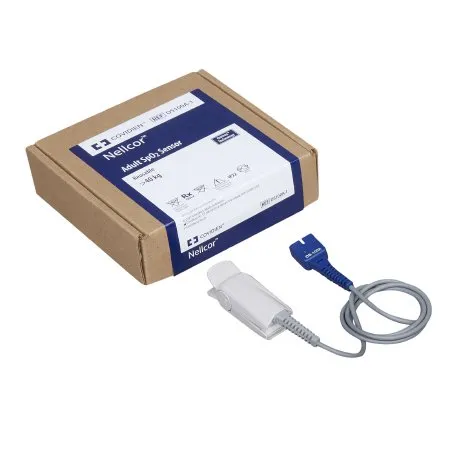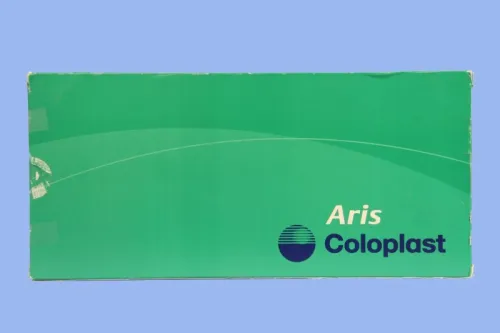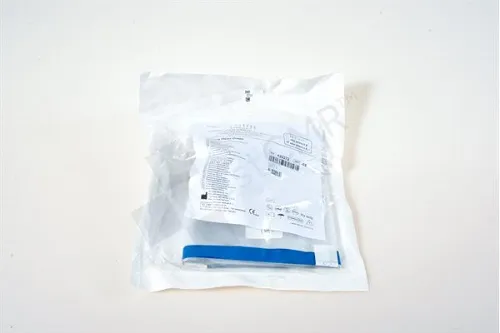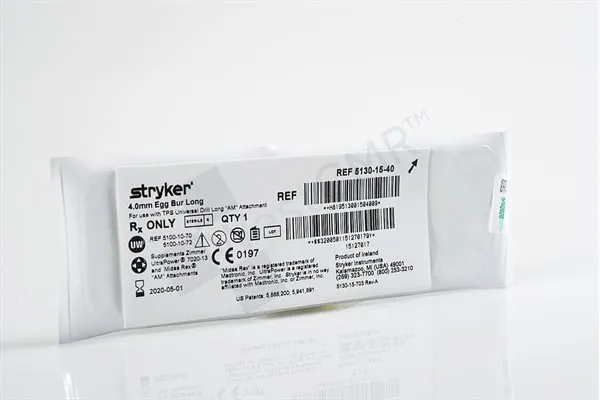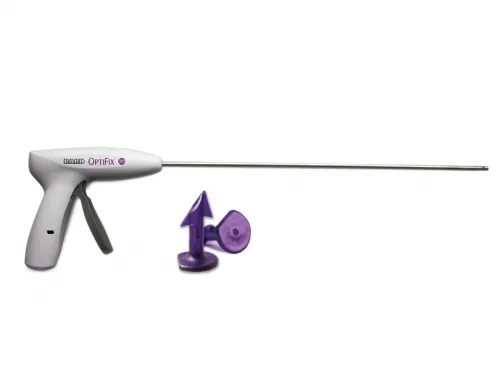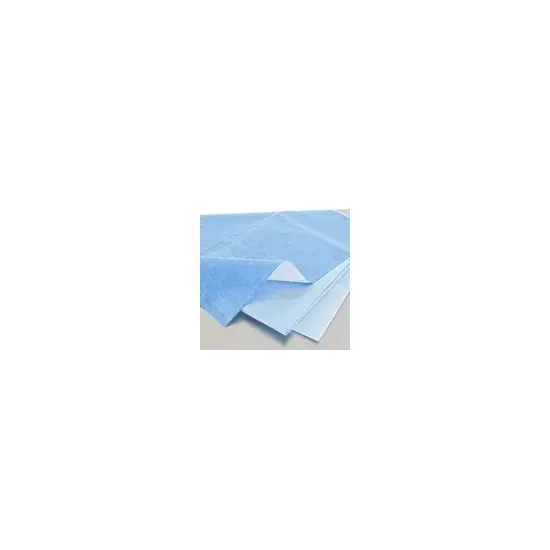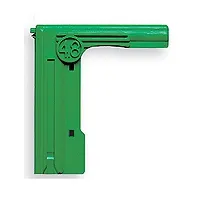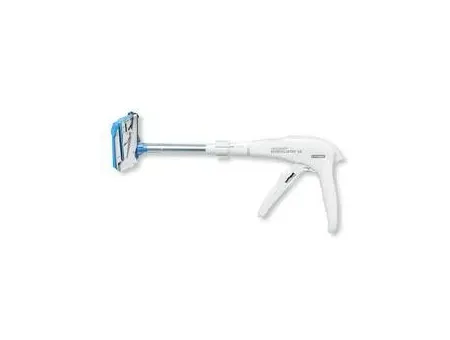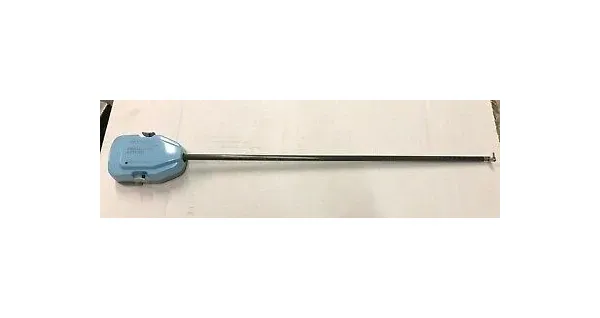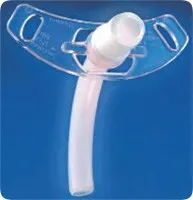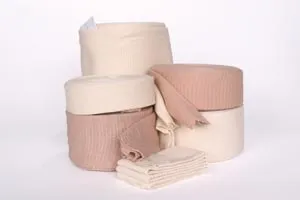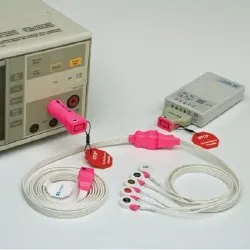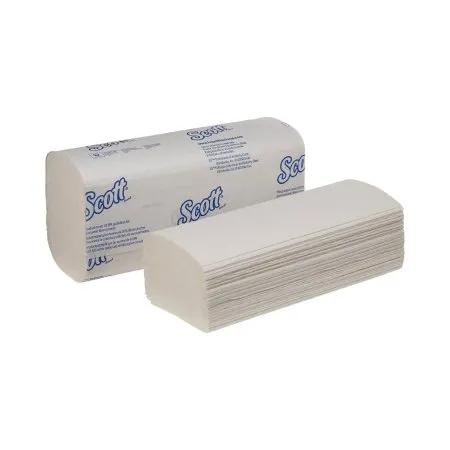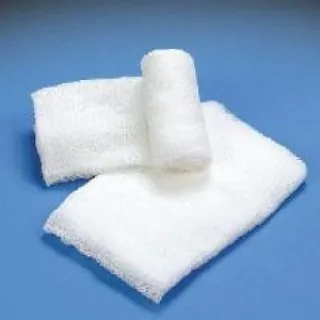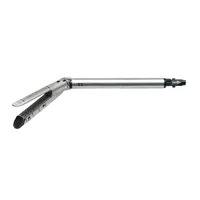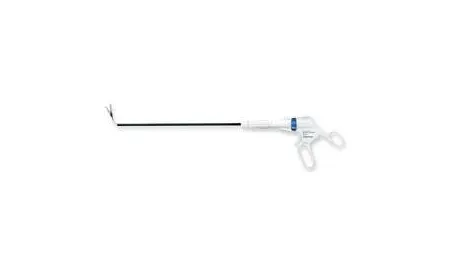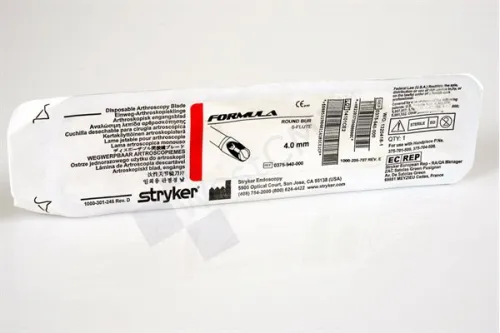1-855-828-1444
Convatec Cure Medical - Cure Catheter - From: HM16C To: HM18C - Cure Medical Urethral Catheter Coude Tip Hydrophilic Coated Plastic 16 Fr. 16 Inch
HM16C - HM18C
 FSA Eligible
FSA Eligible
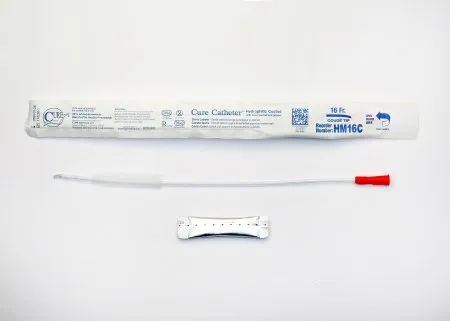
Note:
Please purchase based on product "Code". Images are provided by manufacturers and might not represent the product accurately.
Add to Wish List
Products Details
Hydrophilic Cure Catheter for men with coude tip.
Sterile, single use hydrophilic catheter, not made with DEHP/DINP, BPA or Natural Rubber Latex.
-Smooth polished eyelets for increased comfort.
-Hydrophilic coating for quick lubrication.
-Purified water packet for easy, mess-free/stain-free hydration.
-Textured advancer/gripper for clean, easy catheter insertion.
Customer Reviews
Write Your Own Review
Product Information
| Manufacturer | Convatec Cure Medical |
|---|---|
| Brand | Cure Catheter |
| Categories | |
| Code | HM16C - HM18C |
| HCPCS | - |
| UPC | - |
| GTIN | - |
| Store | Discount Catheters|Stomabags |
| WHSXX | MCK,MCK,MCK,MCK,MCK,MKC,MKC,IM1,MP |
Special Deals


